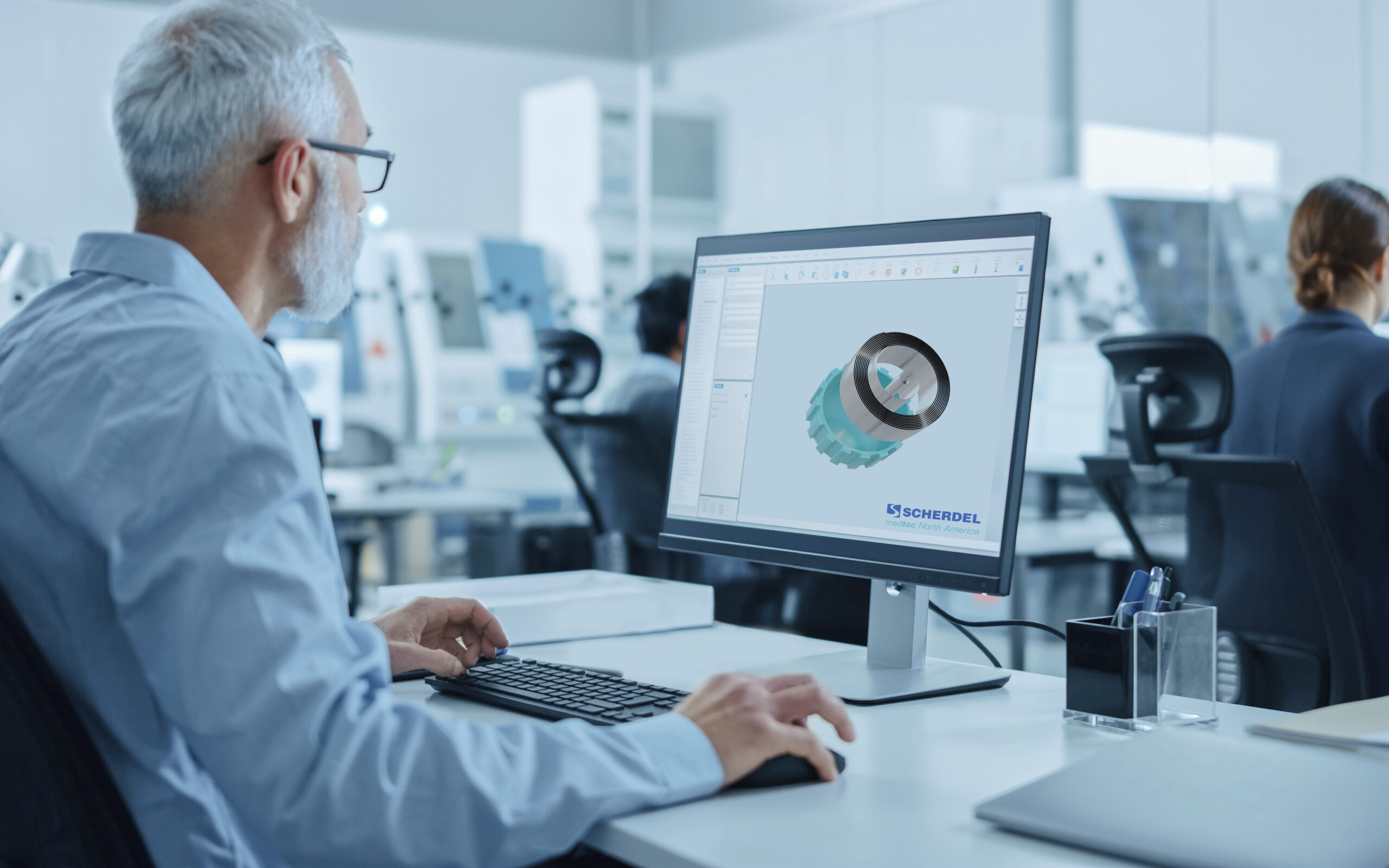Engineering Expertise: Design for… X (DFX)
Engineering Expertise: Design For… X (DFX)
By Drew Jelgerhuis
Story of Regret: Explosions, batteries overheating, and burns were just some of the issues with a recent cellphone product launch gone bad. According to Time (https://time.com/4526350/samsung-galaxy-note-7-recall-problems-overheating-fire/) magazine, this popular brand recalled 2.5 million of their new devices just weeks after it launched. Maybe your product launch hasn’t been ‘burned’ this bad ever, however not attending to design with all the factors associated with the product up front could lead to similar failures. This major electronics company made mistakes in the product launch phase by not fully attending to design issues that became manufacturing issues both inside and outside the company (https://www.wired.co.uk/article/galaxy-note-7-issues-what-happened). The reason for sharing this story of regret is to highlight the importance of design and utilizing the design for ‘x’ systematic approach to achieve your objectives. This might include assembly, manufacturing, safety, cost, and sustainability to name those important to our market sector.

Thesis for DFX: Building a ‘Design for X’ into your product development process provides a means for subject matter experts to offer valuable knowledge early enough in the design phase to reduce future risk, cost, time, and failures. Many developers and designers in search of expertise will rely on various specific design guidelines. Although much value can be derived from these guidelines, the wide range of specialized fields of engineering makes it nearly impossible to contain all the relevant knowledge that a subject matter expert can bring to bear to a design concept. During a recent design review with a customer focusing on multiple springs for an autoinjector platform, one of the developers said, “springs are one of the hardest components in a drug delivery device to fully understand the depth of technical complexity.” This is enough reason to engage spring designers with the best design and simulation software in the world.
What is DFX: Design for ‘X’ is a systematic approach embedded in the product development cycle that requires a cross functional team of experts to evaluate a product design focusing thoroughly and methodically on targeted objectives or characteristics. The chosen characteristics and objectives are represented by ‘X’ and often focus on safety, cost, manufacturing, and assembly. In recent years sustainability has become a higher priority during the design phase as well.

A couple specific ‘X’ focuses are:
1) DFA (Assembly) provides a method for simplifying the product design by minimizing assembly operations and reducing components. The goal is to reduce assembly complexity thereby improving throughput and reducing variation.
2) DFS (Sustainability) focuses on material, processes, resources used and environmental impact to name a few areas methodically evaluated and considered for changes to improve wholistically the sustainability of a product.
Scherdel Examples: Scherdel has been designing and manufacturing springs and precision stampings for over 130 years and has an extensive engineering team and technical resources. This depth and breadth of expertise that Scherdel can provide early in the development phase will reap great benefits in the later phases of launch of the product. Some examples with recent customer developments include automated assembly, part design input to minimize quality issues, patient requirement characteristics effected by part process tolerances, and part handling considerations for high volume production. Focusing on DFA, we can share four related examples.

The first example is for a current customer that is producing low volume product manually and is ramping up production and has projections for significant volume increase in the coming years. Due to Scherdel’s experience in both high-volume spring production but also automation equipment, we worked closely with this customer on various concepts for automation that would significantly reduce labor, improve quality, and reduce material cost with minor design changes. After several iterations we were able to agree on a concept that reduced labor over 75%, paid off the automation in under 18 months, and provided upward capacity from the current 100,000 parts per year to over 1.2 million per year.
Another example involves redesigning two parts to be identical and symmetrical about a central axis. This allowed the part to bowl fed in one bowl instead of two, picked up by the same robot and gripper and eliminated a costly and timely vision system that would have been necessary to identify the two different part designs. Had this DFA been conducted before the part was designed and tooled for injection molding it would have saved the company around $30k in tooling cost and $15k per year in labor.
A third assembly related example involves working with a startup in the drug delivery business. This customer is designing a novel delivery device that requires multiple springs. Scherdel conducted multiple design review sessions focusing on the specified force to meet the delivery needs of the drug in various viscosities while still meeting the patient safety and comfort characteristics. The design was optimized by designing both right-hand and left-hand wound springs to balance the torque load during deployment of the drug. By designing the ends of the springs and the corresponding component they nest in with error proofing features, the parts could not be assembled incorrectly and yet are able to be fed with automation and no tangling issues often associated with springs fed automatically.
A final assembly example involves a combination device that requires several different springs. Our design engineer engaged in many design review sessions focusing on eliminating grinding, tangling and tight tolerance issues. The grinding that was initially required was eliminated by suggesting square wire in place of round and a redesign of the mating component. The tangling issue was resolved by including an innovative spring redesign that didn’t impact the component characteristics. The tolerancing concern would have required a slower process and higher cost in-line inspection, but by changing the design the tolerance could be opened and not affect the very critical free length specification.

Benefits of DFX: As evidenced by the examples the cost benefit ratio is much greater the earlier our design team can engage with the product development team. This involvement early on with subject matter experts such as our design engineers can arguably reap, as an MIT research paper (reference) suggests, between 50-65% savings. Certainly, we have specific examples where savings of the spring or stamping component was reduced by at least this amount when redesigned. In addition to the assembly examples shared, we also can bring our subject matter expertise to bear on safety, material and sustainability topics related to product design as well.
Scherdel Medtec provides best in class design input in the form of concepts, simulation, design, prototypes, testing, tooling, automation, and of course serial production of 100’s of millions of drug delivery springs and stampings. Leverage our team to drive significant cost out of your product while improving quality, safety, and environmental impact.

Drew Jelgerhuis
Drew Jelgerhuis is the Business Development Manager for Scherdel Medtec North America. With over 15 years of business development experience in the medical device sector, Mr Jelgerhuis leads the North American Medtec team growth in co-operation with the other global Medtec leaders. Mr Jelgerhuis holds a BS in Mechanical Engineering from Dordt University (IA, US) with a minor in Business Administration.
He enjoys solving technical problems for customers by providing solutions for their medical device component requirements.
